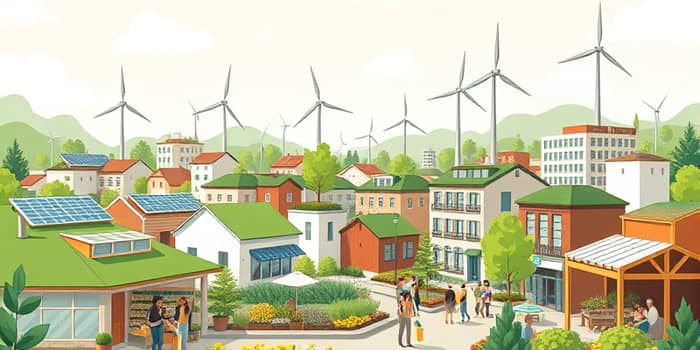
In today’s world, the synergy of mindful purchasing and sustainable design offers a powerful pathway to both financial savings and environmental protection. When we combine consumer awareness with innovative architecture and product development, we set the stage for lasting positive change.
Across the globe, individuals are rethinking their choices. In 2025, the global wellness market reached $7.32 trillion, and in the U.S. alone, consumers spent $26.1 billion on natural health foods.
Gen Z and Millennials, in particular, lead the charge—90% prioritize healthy purchases even during tight budgets. Their emphasis on ethical sourcing, fair labor, and minimal environmental impact drives demand for eco-friendly goods.
Despite growing interest, significant challenges impede wider adoption. Price, accessibility, and information gaps remain formidable obstacles to sustainable living.
Sustainable architecture and product engineering not only reduce environmental footprints but deliver compelling financial returns. On average, green buildings use 25% less energy and cut CO₂ emissions by 34% compared to traditional structures.
Water-saving technologies can exceed baseline reductions by 42%, while waste-diversion strategies can save $10,000–$30,000 per project. Upfront costs typically rise by only 2–12%, with payback periods under a decade.
Government measures play a pivotal role in accelerating sustainable design. Tax credits, grants, and streamlined permitting for LEED and similar certifications help offset initial investments.
Emerging digital tools, from AI-powered shopping assistants to blockchain supply-chain tracking, empower consumers to make informed decisions. Personalized health and diet apps guide users toward sustainable choices.
Meanwhile, younger demographics continue to demand transparency and accountability, fueling corporate commitments to reduce plastics, lower emissions, and embrace circular-economy models.
Whether you’re a homeowner, business leader, or everyday shopper, there are clear steps you can take today to champion conscious consumption and clever design:
By uniting conscientious purchasing with innovative design, we unlock a future where economic benefits and environmental stewardship go hand in hand. Every choice—from the lunch you buy to the building you inhabit—shapes our collective destiny.
Embrace mindful consumption and smart design today, and join the movement to save money, save earth, and secure a healthier tomorrow.
References





